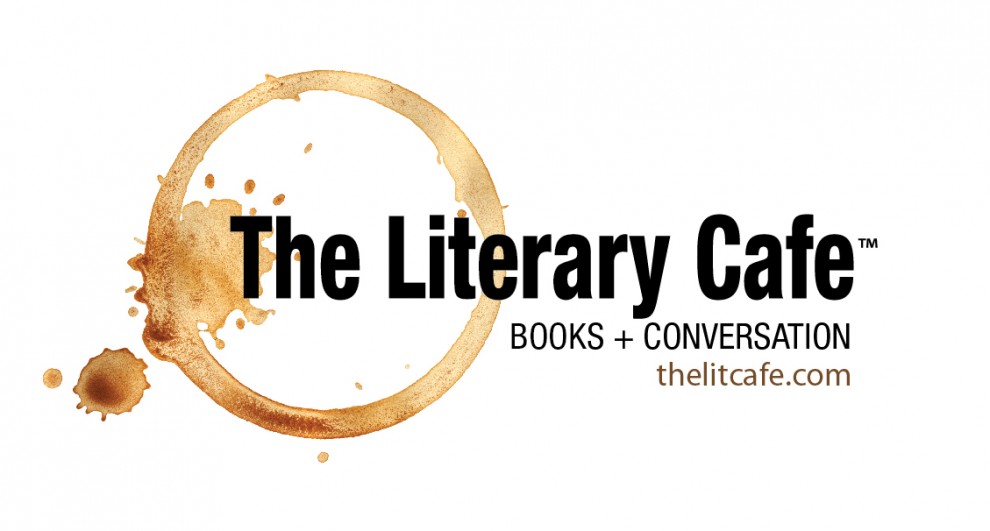In this trying time, when the gender wars seem to have reached a new low and all bets are off, Charlotte Bronte reminds us there is another way. At a compact but deep exhibit at The Morgan Library and Museum, we are reminded that there are many ways to break the glass ceiling.
The exhibit features Bronte's drawings, diaries and first editions arranged to tell the story of her and, of course, her famous sibling' path. There are marvelous childhood books written in a tiny, but gripping text. So tiny are these works by the Bronte children that the museum has handy magnifying glasses at the ready.
We see her journal and letters that describe her frustration at the few options available to women beyond governess and teacher. Looking down on this section of the exhibit is the famed-family portrait that hangs in Britain's National Portrait Gallery. Painted by ner-do-well Bramwell Bronte, who later removed his own visage from the portrait, the painting is remarkably magnetic and indicative of the times.
As one turns the corner, we begin to see her first published works and letters to and from the editors. And of course--as The Morgan is known for -- is a first edition of Jane Eyre published under Jane's short-lived nom-de-plum Currer Bell.
The exhibit ends on poignant possessions of the Bronte's own short lives, including wills and death notices.
What is clear throughout is that the Brontes lived lives of great imagination and effort that exceeded the boundaries of the times. As such they have transcended time.

